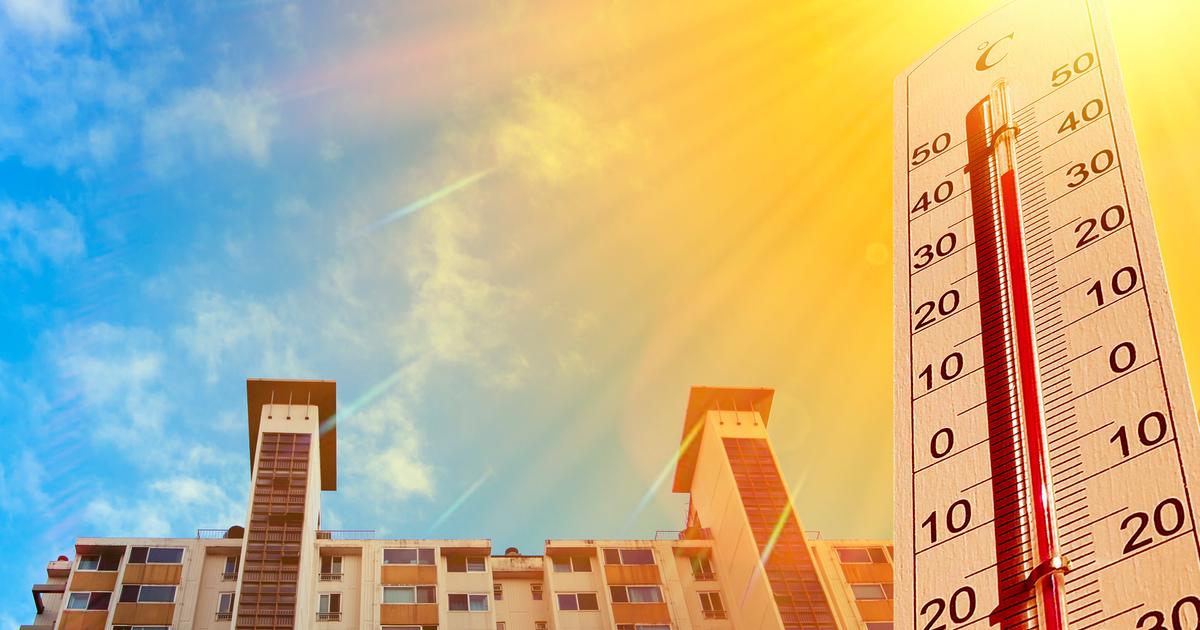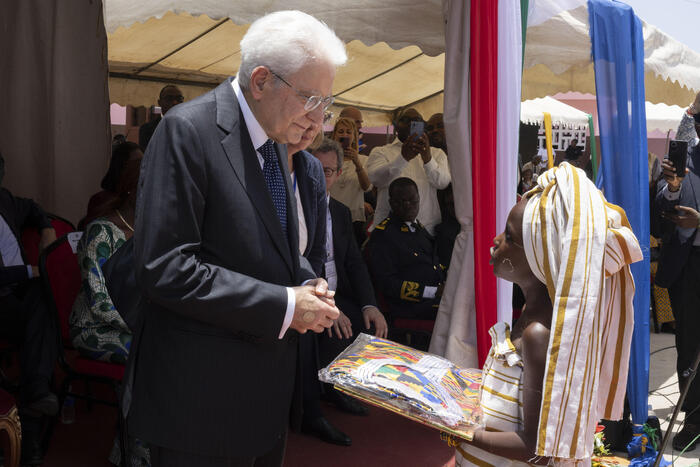The federal government and the Free State are investing heavily in the Garmisch-Partenkirchen branch of the Karlsruhe Institute of Technology (KIT).
An aging wing of the model facility for climate research is being completely renovated for 7.2 million euros.
Garmisch-Partenkirchen
- The branch of the Karlsruhe Institute of Technology (KIT) in Garmisch-Partenkirchen, called "Campus Alpin" and idyllically located at the foot of the Wetterstein, looks a bit inconspicuous from the outside. This is the largest Bavarian climate research facility, which with its measurements, investigations and analyzes gains valuable knowledge that is important for many future questions. Around 150 employees, such as meteorologists, physicists and biologists, are employed there. The publicly funded KIT, which belongs to the Helmholtz Association, has an excellent reputation. It is mentioned in the same breath as the top addresses in German science - examples are the Max Planck and Fraunhofer societies.
The reason why the KIT has settled in the foothills of the Alps is of a practical nature: Here, climate data and thus changes in the atmosphere can be determined at different altitudes with little effort.
The Schneeernerhaus below the Zugspitze summit is one of the measuring points.
Modern functional building planned
The origins of the institute in Werdenfelser Land go back to the 1950s. The beginnings were modest: research was carried out in a barn in Farchant. The south-west wing of today's cart-shaped complex on Kreuzeckbahnstraße in the outer area of the Garmisch-Partenkirchen market was built in 1974, the younger at the beginning of the 1990s. The ravages of time are gnawing at the older part, equipment and infrastructure no longer meet today's standards. For a long time, there have been considerations to create a functional building that meets the high demands. Now the plans have become concrete. The building and environment committee has already approved the concept. This provides for a general renovation, because: "A renovation is much more economical than a new building," explains managing director Dr. Peter Suppan.The three-story building is to be gutted and renewed. The calculations are based on costs of 7.2 million euros, which the federal government and the Free State will bear in equal parts. The goal: a modern working environment with offices and laboratories.
"The basic structure remains," reports Suppan.
An appearance that matches the architecture typical of the site and an energetic upgrade are planned.
This includes a photovoltaic system on the roof that generates solar power for self-consumption.
According to the schedule, construction should start at the end of 2022 - and, if everything goes well, the opening will be celebrated in mid-2024.
The younger institute area is being brought up to scratch at certain points, currently it is the turn of the seminar room.
Weather is getting warmer and more uncertain
What is exciting about climate research are the forecasts that can be made. At KIT, you only have a weary smile left for climate deniers. Man-made, global warming as a result of rising CO2 emissions is a scientific fact, it is said. "All models point in the same direction," emphasizes director Prof. Dr. Hans Peter Schmid. “The debate has been resolved. It's a global phenomenon, clearly made by humans. ”According to him, the effects are far-reaching. “There are more extremes,” says the expert. The weather is also becoming warmer and more uncertain in this country. A winter sports resort like Garmisch-Partenkirchen feels this. Because by the second half of this century at the latest, the Classic ski area will have difficulties in terms of guaranteed snow.
The question arises: How can this trend be stopped?
“There is only one way: to reduce CO2 emissions,” says Schmid.
The TU professor recommends swift action, for example in the form of restructuring mobility, energy supply and agriculture - worldwide.
"If we wait longer, the damage is greater," warns the environmental expert, who has retained his optimism: "It's not too late yet."







